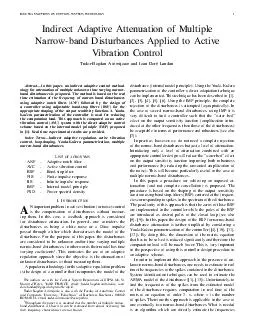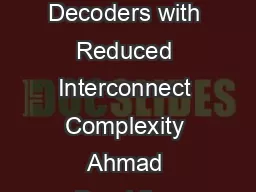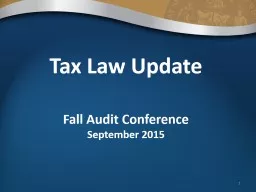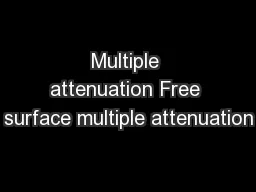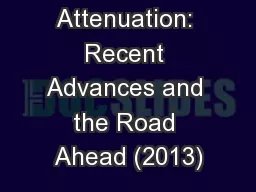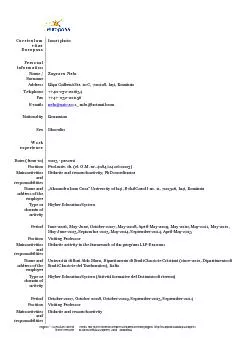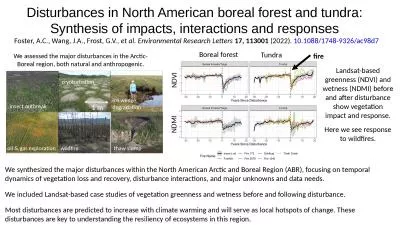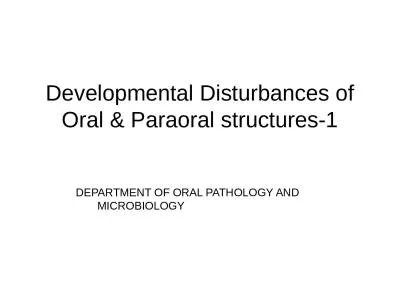PDF-IEEE TRANSACTIONS ON CONTROL SYSTEMS TECHNOLOGY Indirect Adaptive Attenuation of Multiple
Author : pamella-moone | Published Date : 2014-12-23
The method is based on the real time estimation of the frequency of narrowband disturbances using adaptive notch 64257lters ANF followed by the design of a controller
Presentation Embed Code
Download Presentation
Download Presentation The PPT/PDF document "IEEE TRANSACTIONS ON CONTROL SYSTEMS TEC..." is the property of its rightful owner. Permission is granted to download and print the materials on this website for personal, non-commercial use only, and to display it on your personal computer provided you do not modify the materials and that you retain all copyright notices contained in the materials. By downloading content from our website, you accept the terms of this agreement.
IEEE TRANSACTIONS ON CONTROL SYSTEMS TECHNOLOGY Indirect Adaptive Attenuation of Multiple: Transcript
Download Rules Of Document
"IEEE TRANSACTIONS ON CONTROL SYSTEMS TECHNOLOGY Indirect Adaptive Attenuation of Multiple"The content belongs to its owner. You may download and print it for personal use, without modification, and keep all copyright notices. By downloading, you agree to these terms.
Related Documents

